
Have you ever made a decision that involved negative consequences and not know why you made it? Your parents may get upset when you say you don’t understand why you did it but the adolescent brain is wildly different from the fully developed adult brain.
Almost all Oakmont students said they had made a decision without thinking of the consequences. Gianna Gerbick -class of 2026- even said “Many of the decisions I make on the daily I react on immediate satisfaction instead of long-term consequence.”
Teen decision-making has evolved significantly over the decades. Historically teens often followed the guidance of parents and community leaders, since most teens had limited autonomy of themselves. However, with the quick rise of youth culture in the mid-20th century, teens began to assert more independence which peers, media, and social movements influence. Today, technology and social media play a crucial role in shaping teen decisions providing access to vast information and diverse perspectives.
Mr. Fitzgerald -who is the in-house suspension supervisor at Oakmont- shared how he sees decision-making affecting students he encounters here. ¨Many students do not understand why they did something after and acted out of pure emotion, students & kids have an expanding knowledge and freedoms now which in turn does make a difference in many of the decisions they make, there are a lot more things influencing their decisions now such as social media¨.
Adults make decisions by weighing various factors, such as personal values, past experiences, and available information. According too AACAP.org, they often consider the potential outcomes and consequences of their choices, using logical reasoning and critical thinking. Additionally, adults may seek advice from friends, family, or experts to make the ¨correct¨ decision. Balancing emotions with rational thought helps adults navigate complex situations and make informed decisions.
On the other hand, adolescents make decisions by balancing their personal desires with external influences like peer pressure, family expectations, and societal norms. Teens often rely on their emotions and immediate consequences rather than long-term outcomes. According to NCBI.gov, as they gain more experience, they learn to consider the pros and cons, seek advice from others, and think more critically about their choices. This process helps them develop better decision-making skills over time. This was proven in a study of adolescent behavior under peer observation done by Science Direct, which shared teenagers would make riskier decisions with more consequences if influenced by peers.
I asked Mr. Cote, the dean at Oakmont, questions about how teaching adolescents about their decision consequences works. Mr. Cote said ¨When students become emotional they often get put into fight or flight mode, after coming down from those emotions they often do understand.¨ He continued, ¨Absoutely, there is a big difference between a 9th grader and a 12th grader, a 12th grader can be 18! I often see a ¨magical swing¨ between the 10th-grade and 11th-grade summer when students mature.¨ Mr. Cote then finished by saying, ¨Students are relying on peers with similar age and same functioning levels hard to understand and go to adults even though we offer support¨.
According to Legislature.Vermont.org, there is reasoning for teens reacting differently than adults beginning with the amygdala. The amygdala is a specific part of the brain responsible for immediate behaviors, including fear and aggressive reactions. It develops between ages eight and eleven. The frontal cortex is a separate part of the brain that controls reasoning and how we react to situations. It is fully developed in our mid-to-late twenties.
According to Center For Parent & Teen Communication, Dr Lane states, ¨Our brains are still developing until age 26. In teens, the frontal cortex is especially undeveloped – the area of the brain that plans takes precautions, and develops reward patterns that determine what we pursue to feel good.¨
When you are in your teen years, there is still a large increase in connections between brain cells, making the brain pathways more effective and efficient. According too Ohioline.osu.edu, nerve cells are still developing something called myelin, which is an insulation layer that helps cells communicate. These essential changes happen when we are adolescents, which affect our decision-making because they coordinate the development of thought, action, and behavior.
Based on where adolescents’ brains are at they are more likely to act on impulse, misread social cues and emotions, make more mistakes or accidents, get involved in physical fights, and lastly engage in risky behaviors. As the brain develops more people are more likely to think before they act, pause to consider consequences, and change dangerous behaviors.
Photographs of the human brain in action even show how young people’s brains work differently when presented with a decision or to solve a problem. Young people’s actions are guided by the emotional as well as reactive amygdala instead of the logical frontal cortex. Most research shows that teenagers exposed to drugs and alcohol during their teen years can delay these essential developments or completely change them. According to UAB Medience, ¨A young person´s developing brain may be physically altered for life by drug use. The learned cycle of use-reward-crash also could sow the seeds for addiction later in life. Harm from drug use and patterns of abuse are, however, often preventable if parents and adults communicate clearly about consequences and strive to delay the adolescent impulse to experiment. ¨
The reward center of the brain is also much more reactive during the adolescent years. If people succeed in a risky behavior their reward center is activated and releases something called dopamine. Dopamine is a neurotransmitter which promotes that positive feeling humans feel when enjoying a situation. According too aacap.org, when your brain develops -adult years- your reward center begins to balance because of the prefrontal cortex. This keeps people from taking dangerous risks when it is developed. This means teens’ prefrontal cortex is not fully grown so it is not quick to override risky behavior with what can seem to be simple logic. Teenagers are wired to seek greater rewards in new experiences. With a very sensitive emotional system and a decision-making system that is still very much growing, teens will often make decisions that put them at risk. This can be seen in many emotionally-charged situations adolescents are in.
Guliana Cucchi who is a part of the class of 2026 even said, ¨I tend to make my decisions based on the immediate reward instead of long-term reward.¨
But it is not always bad for teenagers to be impulsive. It can often be valuable and almost essential to grow independence. There are years to take bold steps in social, school, and family settings. Even though not all risks will be successful there is a lot of room for improvement. Making bold decisions can help adolescents develop an appreciation for themselves and improve themselves as they grow.
Life experience and increased knowledge often aid decision-making as well. Adults with fully developed brains may even rely on experience to make a decision. Even if a teen fails at something many times they are more likely to keep trying at it even with experience. Additionally, young people are more likely than adults to agree to an action associated with an unknown outcome, allowing them to explore more activities than adults.
Although adolescent’s brains aren’t fully developed it is completely developmentally normal and a part of growing into who you are.
On the other hand, adolescents make decisions by balancing their personal desires with external influences like peer pressure, family expectations, and societal norms. According too ncbi.nlm.nih.gov, teenangers often rely on their emotions and immediate consequences rather than long-term outcomes. As they gain more experience, they learn to consider the pros and cons, seek advice from others, and think more critically about their choices. This process helps them develop better decision-making skills over time.
A study of adolescent behavior under peer observation done by Science Direct showed teenagers would make riskier decisions with more consequences if influenced by peers.
Guliana Cucchi who is a part of the class of 2026, ¨I tend to make my decisions based on the immediate reward instead of long-term reward.¨
But it is not always bad for teenagers to be impulsive. It can often be valuable and almost essential to grow independence. There are years to take bold steps in social, school, and family settings. Even though not all risks will be successful there is a lot of room for improvement. Making bold decisions can help adolescents develop an appreciation for themselves and improve themselves as they grow.
Life experience and increased knowledge often aid decision-making as well. Adults with fully developed brains may even rely on experience to make a decision. Even if a teen fails at something many times they are more likely to keep trying at it even with experience. Additionally, young people are more likely than adults to agree to an action associated with an unknown outcome, allowing them to explore more activities than adults.









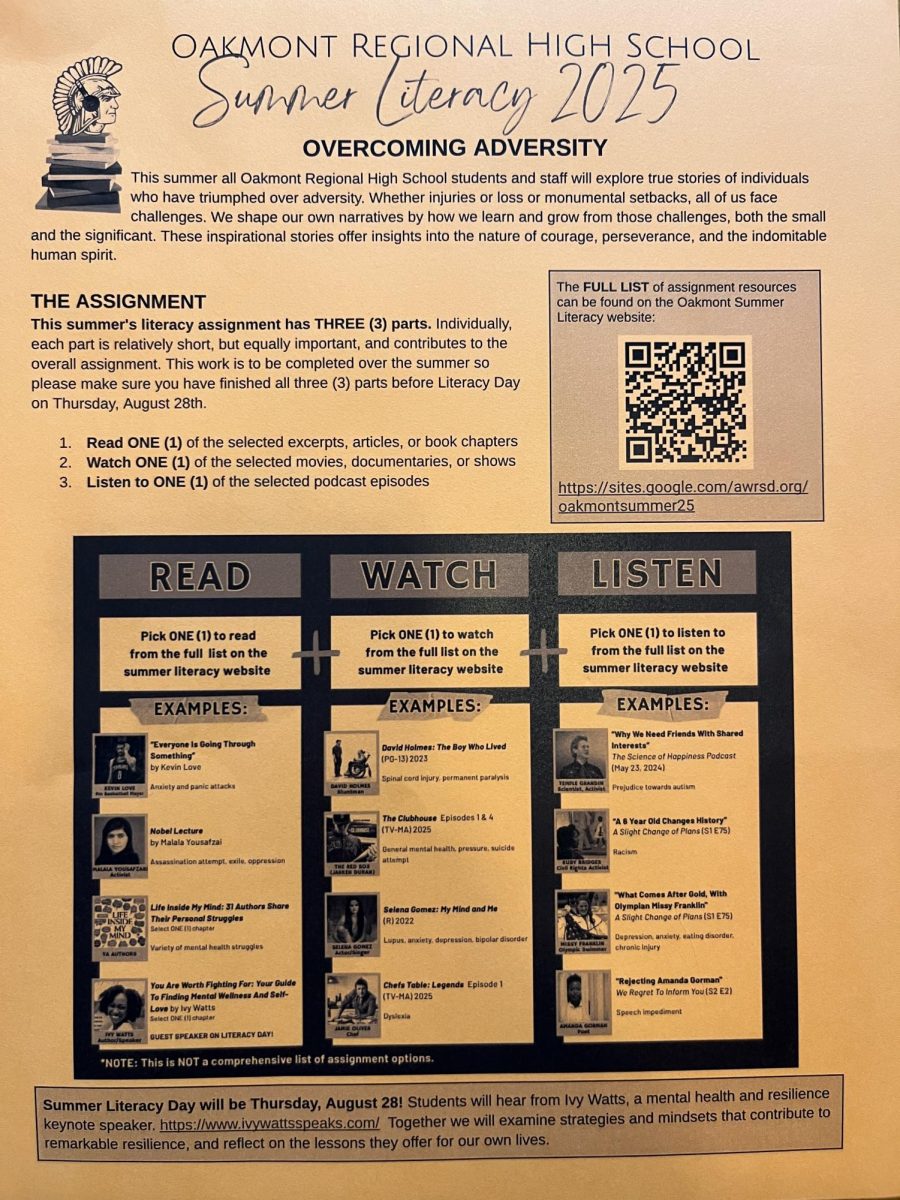
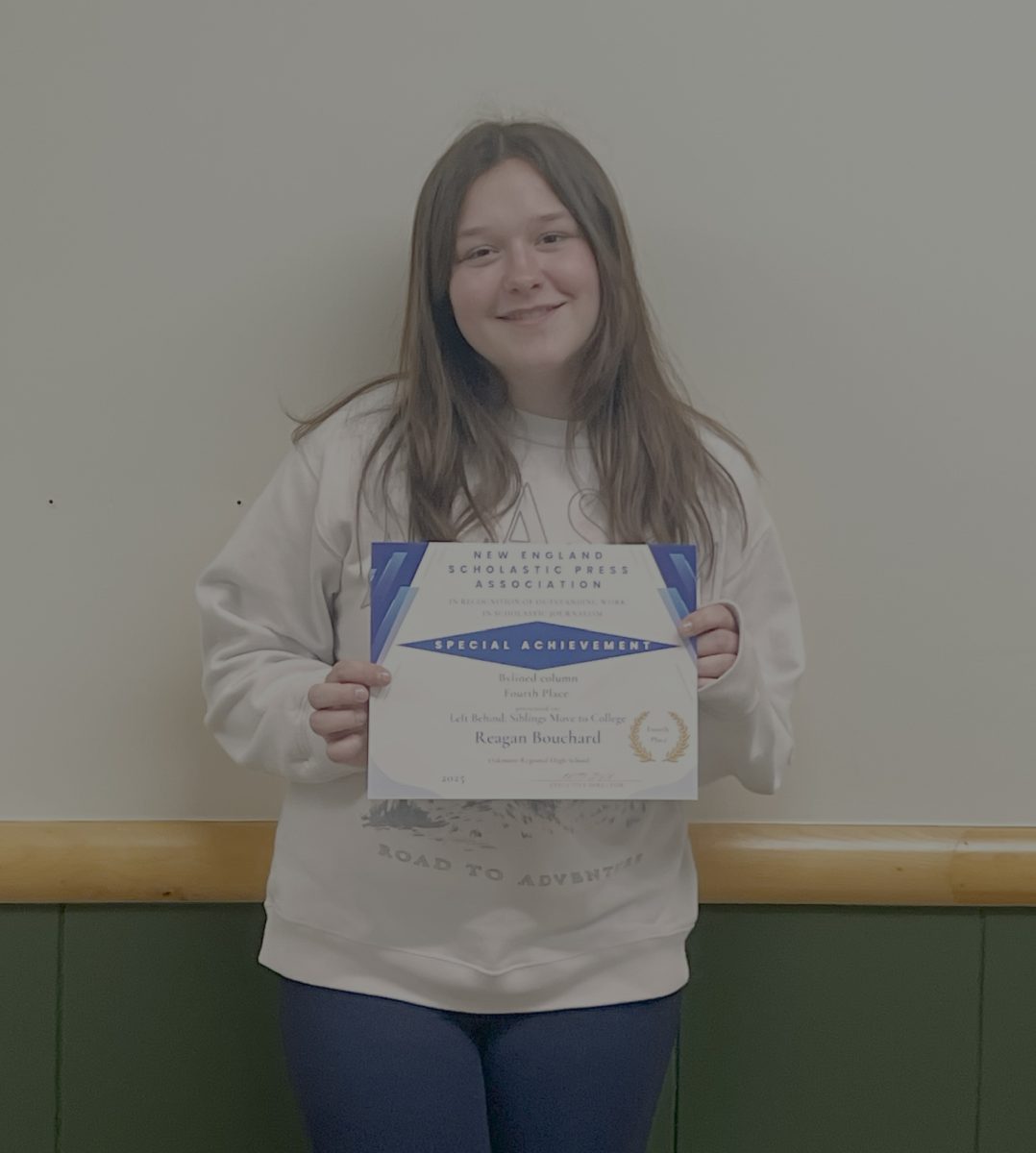

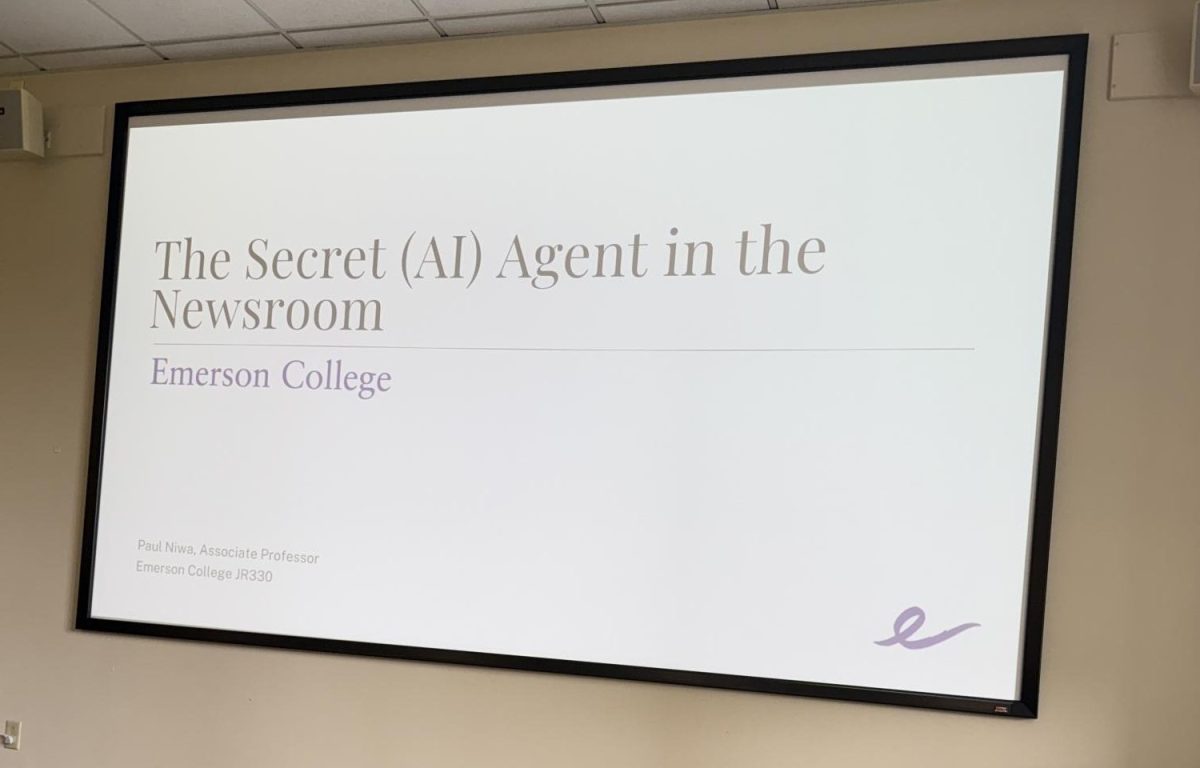
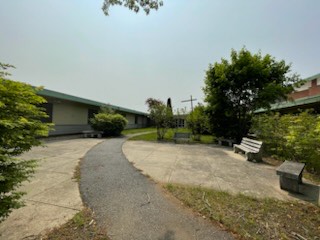
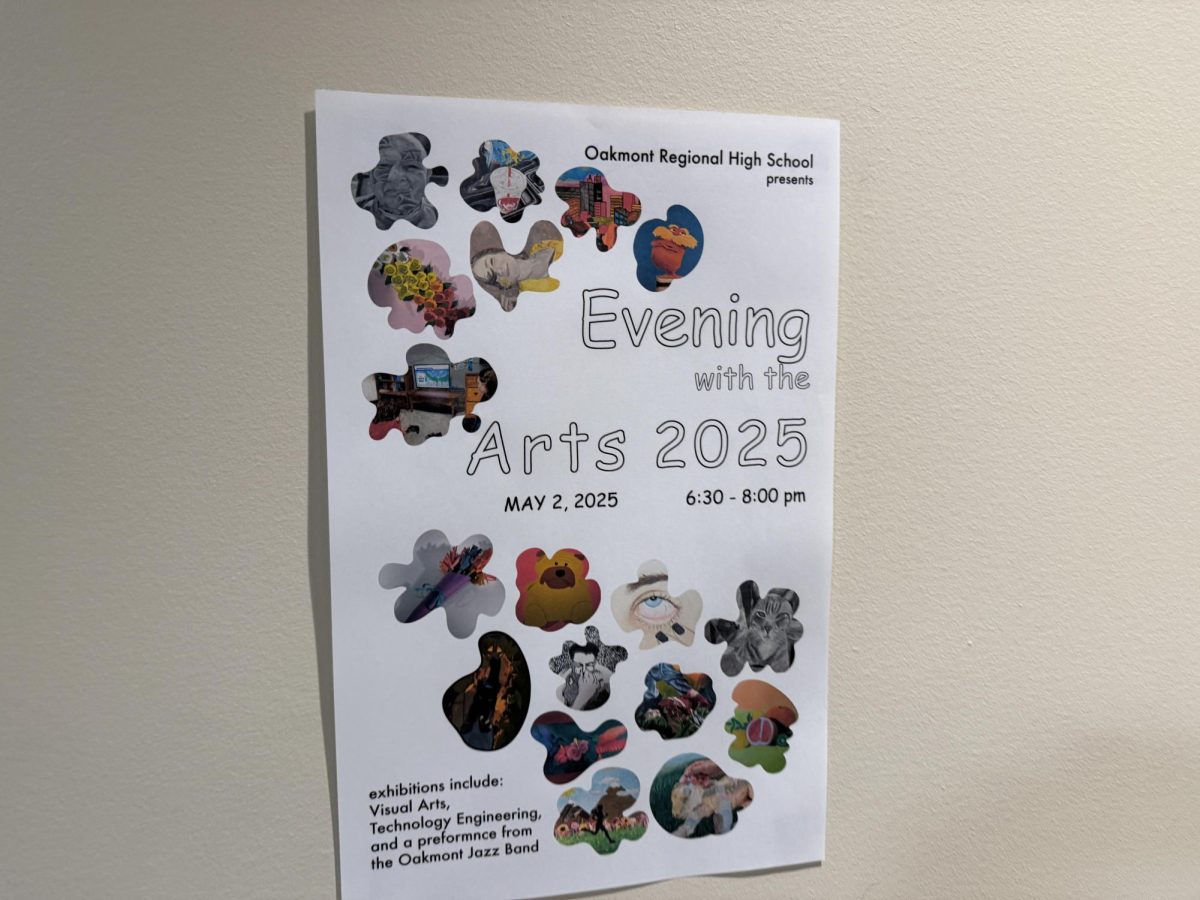

Donald Burris • Jun 5, 2025 at 12:20 pm
I really appreciate this article regarding the decision – making process for adolescents. Being an older adult, most of the influences that are now present were not present when I was younger. It’s more readily available for teens to be influenced by peers, social media, and the undeveloped brain to make impulsive decision immediately, and accept the consequences later. Thank you for the article an explanation for teen decision making, and why.
Donald Burris Paraprofessional & Grad student